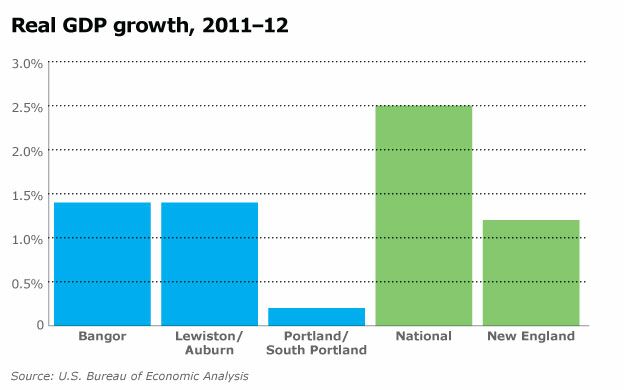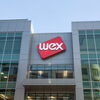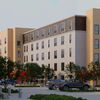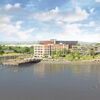Real GDP grows for Maine's metro areas in 2012

All of Maine’s metropolitan areas boosted economic productivity from 2011 to 2012, lagging behind the national average for growth but keeping pace with regional trends.
The latest release from the U.S. Bureau of Economic Analysis projects real GDP for 381 metropolitan areas in 2012 and ranks those areas based on growth from the previous year.
Both the Bangor and Lewiston-Auburn areas had real GDP growth of 1.4% from 2011-2012, during which time the Portland-South Portland region had real GDP growth of just 0.2%. Overall, the Portland area still leads the state in production.
Nationally, real GDP increased 2.5% during that time while growth in New England was slower, at 1.2%.
In preliminary, current-dollar estimates that could be revised next fall, the Bangor area’s real GDP grew from $5.53 billion in 2011 to $5.71 billion in 2012. Portland’s real GDP grew from $23.19 billion in 2011 to $23.23 billion in 2012. Lewiston’s real GDP grew from $3.90 billion in 2011 to $4.02 billion in 2012.
The latest figures also provide more detail on which sectors drove the changes in real GDP over that time. For Bangor, financial activities led the area’s growth, rising 0.6%. Nondurable goods manufacturing was the next highest growth sector, rising nearly half a percentage point. By contrast, the professional and business services and government sectors each had slight declines of around one-tenth of a percent.
In Portland, the strongest growth was in trade. Many of the sector-specific growth figures for the area were not disclosed by the federal analysis agency to preserve confidentiality.
In the Lewiston-Auburn area, nondurable goods manufacturing rose nearly 0.8% while the financial activities sector declined around 0.4%.










Comments